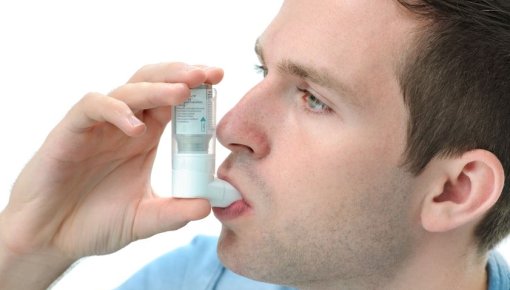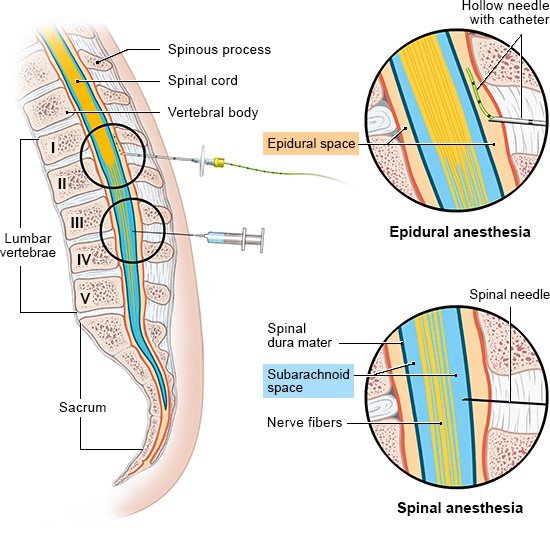Injections, suppositories and other dosage forms

Medications are supposed to reach the part of the body they are intended to affect. So manufacturers choose a suitable dosage form when they produce the medication. The dosage form is the physical form that medication is used in. Tablets and ointments are just two of the many different possible dosage forms.
The most suitable dosage form depends on various things, including what physical and chemical properties the medication has and where it should take effect. For example, medicine that is meant to have an effect on the lungs can be breathed in (inhaled). Medication for treating a vaginal infection can be inserted using a vaginal suppository. Medicines that are absorbed into the body through the mucous membranes lining the mouth can also be taken in the form of chewing gum. One well-known example is nicotine gum for helping to quit smoking.

